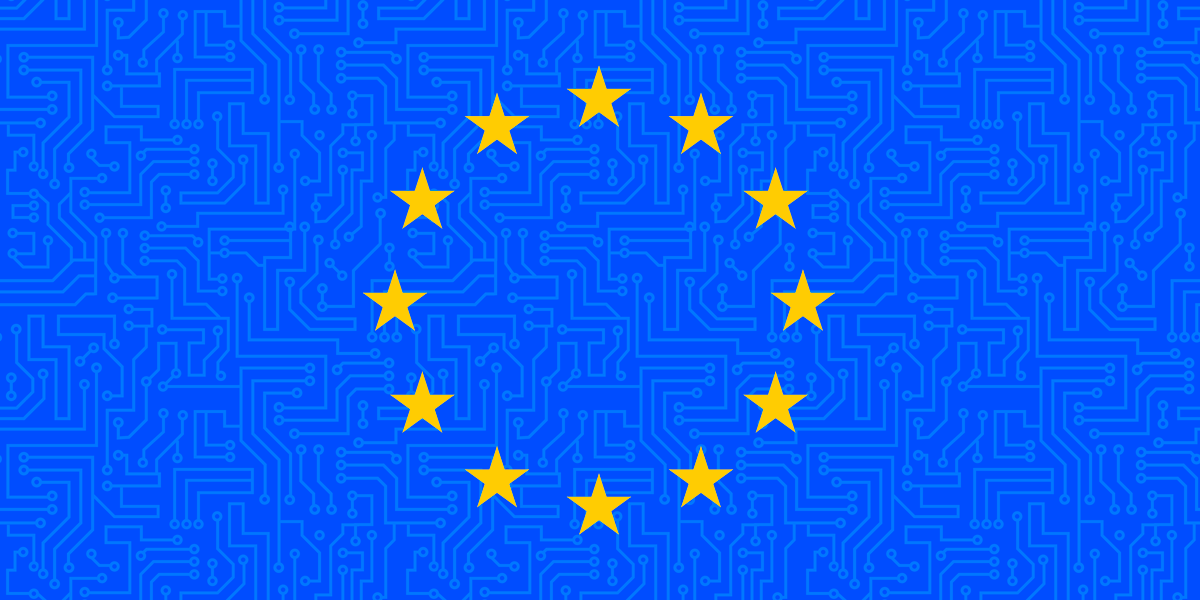After the European Commission held a public consultation on whether they should adopt what they call a “fair share” proposal, they unfortunately voted to move forward with this dangerous plan. This proposal is nothing but a network usage fees regime, which would force certain companies to pay internet service providers (ISPs) for their ability to deliver content to consumers. This idea not only hurts consumers, but also breaks a status quo that facilitated and continues to facilitate the rapid spread of the global internet.



Just replies to another comment to won’t paste again as that’s a bit spammy. But in short USB-A was already a de facto standard for charging. The bit on the end of the phone wasn’t really an issue and I’ve seen little evidence that it was an ewaste issue.
So we’re stuck with USB-C and can’t have whatever will inevitably come along that’s better sooner or later until the EU shift their view.
Basically either has no impact on ewaste or actually generates more waste and discourages further developments in port design.
The “bit at the end” definitely is an issue though. Thats where the interconnectedness between devices can happen. If you have to have the same end on one side, but a different on the other, its the same as having completely different ones. The problem being solved, is that now ALL cables will be used for ALL devices, not just charging blocks.
It was never about connecting between device though? I’m also not sure needing a cable for an Android with micro USB / USB-C and one for lightening is the dramatic issue some have made it out to be. Also I and many have loads of USB A chargers. Do they suddenly become waste? Or do I buy more cables and keep using them? Either way we have waste.
Thats not what I meant by interconnectedness, my mistake. What I meant is: having the same connectors on different devices. The issue solved is that nothing then has to become waste. If Apple decides to use a slightly different connector, and make their old one obsolete, then yes, it becomes waste. Of course technology evolves, but the usb-c standardisation is not meant to say “nobody can ever innovate”, it just means that as long as it is in effect, predatory companies can no longer wall off themselves through non-sustainable, greedy business practices.
The regulation allows for the commission to declare a successor standard, it won’t have to go through the whole legislative process again.
No. USB was on the Android side, split between Mini/Micro/C connectors on the phone side and USB-A on the brick side. There were a gazillion fast charging standards so that you still might have to replace your brick.
Apple just ignored the thing wholesale. The Android side did move towards USB-PD over USB-C as charging standard, and that’s exactly what got adopted, over Apple’s crocodile tears. Without Apple in the picture the EU likely wouldn’t even have legislated because sending emissaries with clicky pens saying “It would be a shame if someone were to force you” would’ve been enough to make companies play ball.
And the standard is solid, don’t expect a new one to even be talked about in the next 20 years.
It’s the charger side I was talking about here. Androids and iPhones both charge from a USB-A charger. Fast charging has been a crapshoot but I can still charge a phone on about any charger it just might not do a fast charge (which is bad for battery health anyway but that’s another thing )
Yea, except USB-C is an objectively better connector for both ends of the cable. And it’s not like using USB-A has been made illegal.
If any connector were to be made the standard, I think I’d generally prefer it to be the best one available, wouldn’t you?
Depends on how we define “best”. USB-C has the same weakness of micro USB of having “tongue” in the port. This is poor design and leaves ports prone to failure of this tongue gets damaged. I’ve seen this happen more than once with either from folk aggressively jamming charger cables in slightly misaligned or just wear & tear. Lightening on the other hand is a much more robust port design. The “tongue” is the cable with a hollow port. 1st party lightening cables are pure trash, which is itself a ewaste matter, but we’re talking port design.
Now every other aspect of lightening is inferior to USB 3 (important to note USB-C ≠ USB 3) , but by my needs it’s the “better” connector.
I don’t see how USB-C is objectively better at the charger end, unless we’re meaning the reversible nature at both ends which is… it’s good but it’s not “wow” (and neither is it “wow” with lightening).
I’m happy to be proven wrong, and I’m not going to get pissy if in 3-4 years my next phone is an iPhone with USB-C, it’s just the merits seem over-egged and I’d wager for the average, non-technical, user the benefits are minimal and potentially cause some minor confusions.